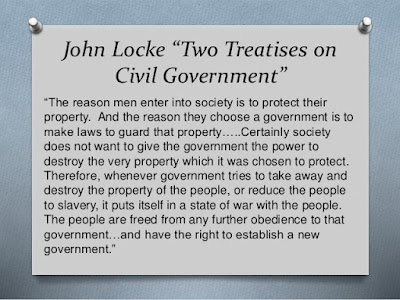New historical production. Europe in the age of Carlos V and Felipe II (3º ESO)

Analyzes works (or fragments of them) of some authors of this period in their context. To work on this point you must answer the questions of activity 37 on page 65, but, very important, in a body text . To refer to the texts, w e will list the texts in order of appearance (first, second and third). the fullest extent permitted: three-quarters of a page.





